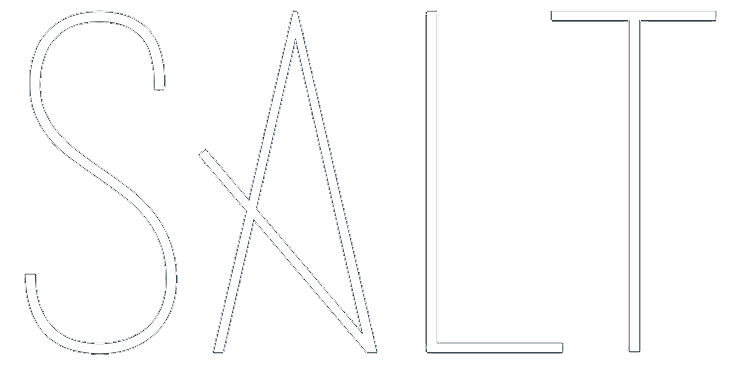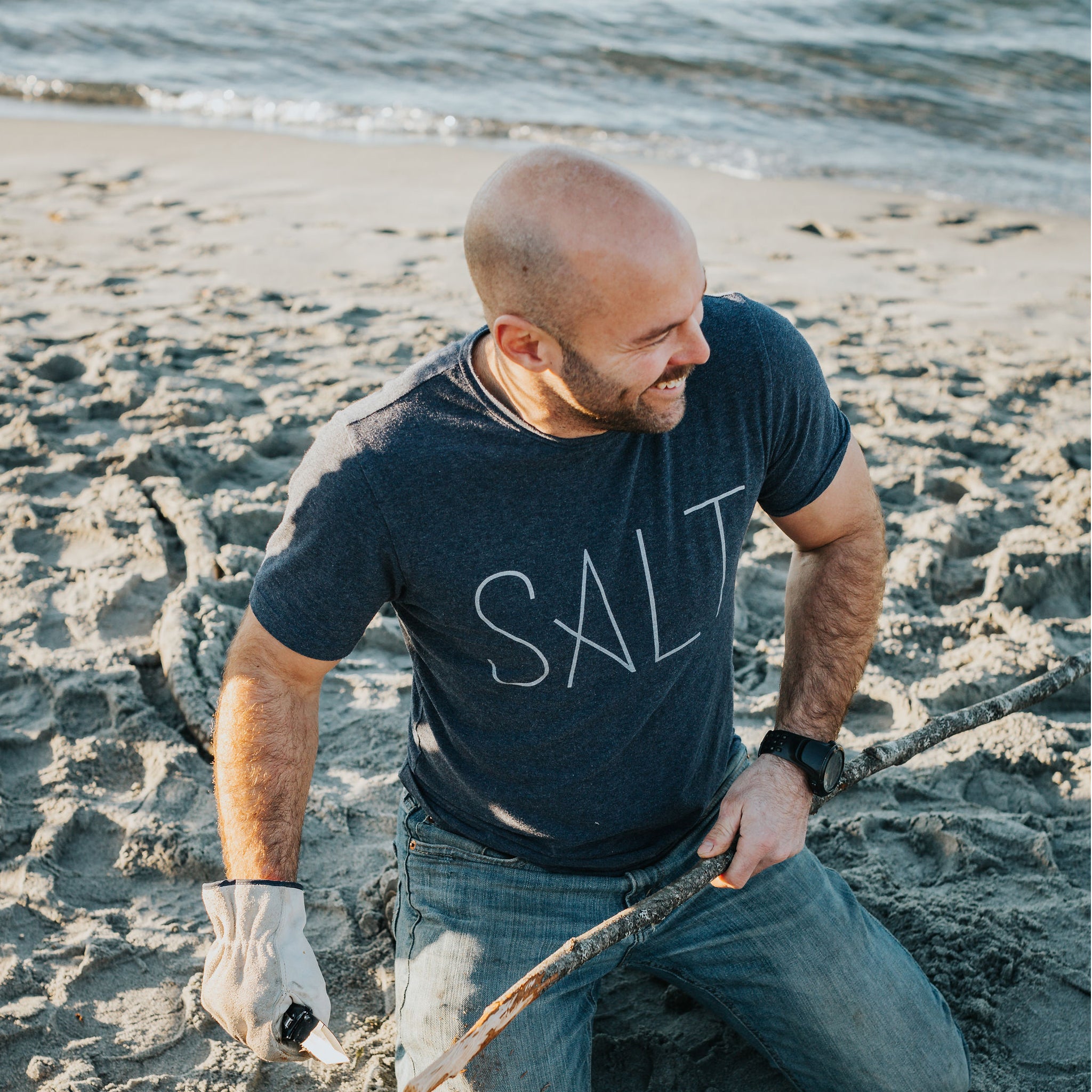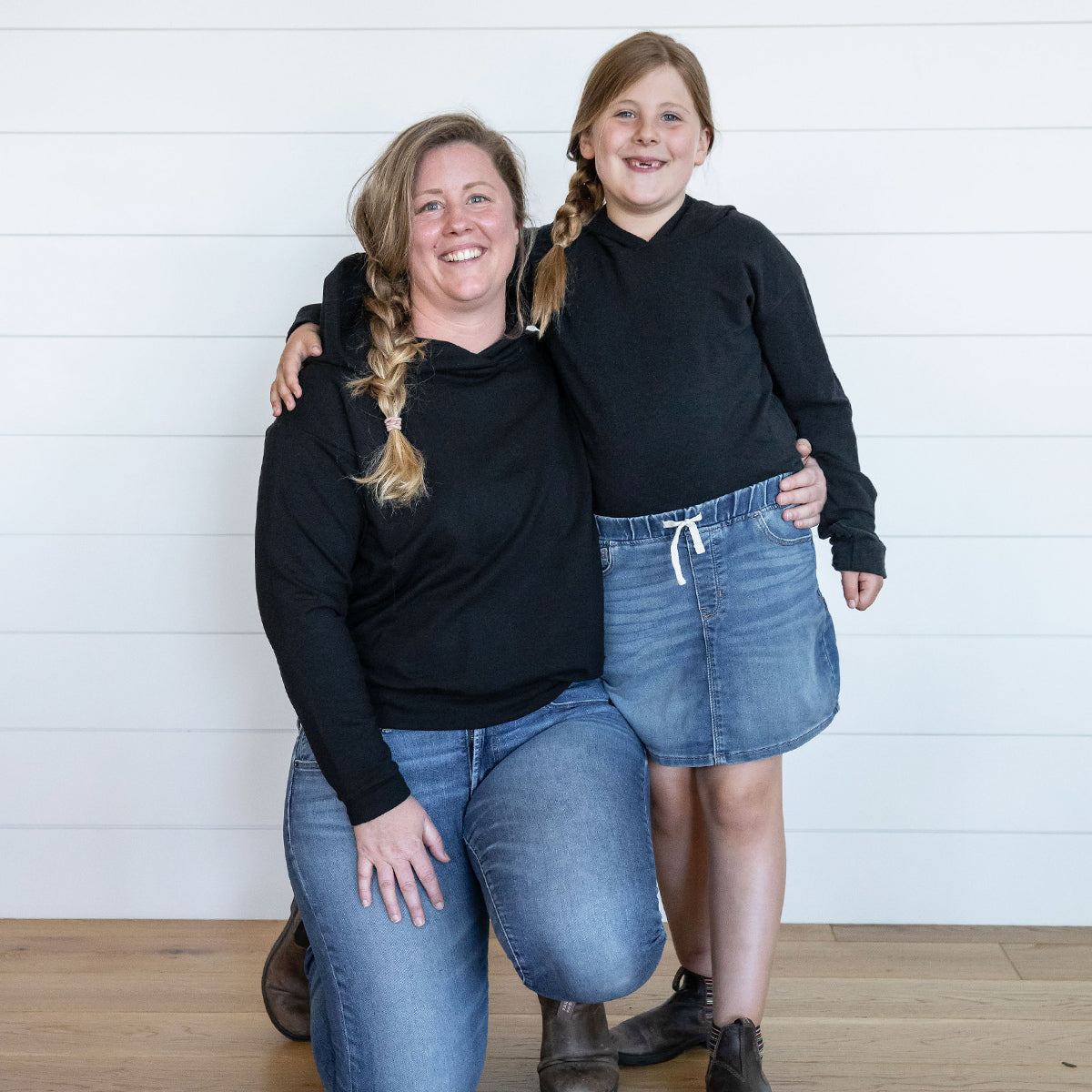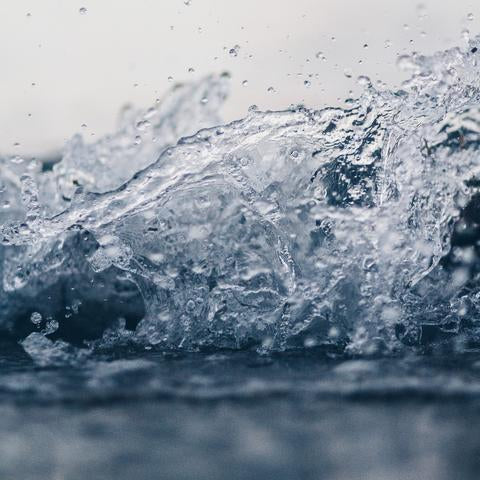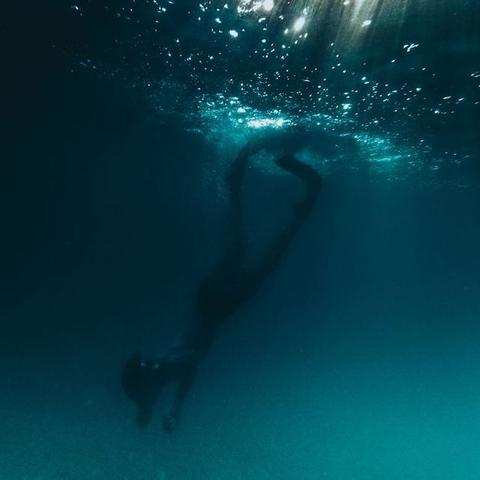
FREE DIVING | Connecting Below The Surface

When you want to connect with the forest, you walk in it. When you want to connect with the dirt, you dig in it. When you want to connect with the water, you swim in it.
These are the basic options, but what about going deeper? Experiencing the ocean can be done in many ways, above and below the surface. Free Divers may have connecting below figured out better than anyone. The quiet, the calm, the marine life - they get to have it all.
The ocean is still relatively unknown to us. Where else do you get the privilege of exploring an underwater world? It's nearly like being on another planet. When you're immersed in the sea, with nothing between you and the marine life but a mask, you can better appreciate the stunning complexities of the ocean; how it is both fragile, and strong, and what it is that we wish to preserve and protect.
We talked with Eric Keating, an avid Free Diver and store manager at Frank Whites Dive Store in Victoria. He gave us an intro into the wide world of holding your breath and diving below the thin blue line. Here is some insight into what it means to get into the breath holding sport of Free Diving.
The Technical
You may be asking - What is Free Driving or Apnea Diving? In short, it is the sport of holding your breath to explore the underwater world. To gear up, you will need exposure wear, mask, snorkel, fins, and weights. However, the art of holding your breath you will have to master on your own with proper training.
The gear you wear varies depending on you and the environment.
Wetsuit: Also known as your exposure wear (although that term is not specific to wet suits). The purpose of a wet suit is to insulate you in the water. The factors you need to consider when choosing a wetsuit are flexibility, durability, comfort, and thermal application. You also need to consider the environment where you will be diving. Wetsuits are comprised of neoprene, which is buoyant, so a thicker suit for colder environments means you will need to wear more weight to descend below the surface. Although you may lose some flexibility, a thicker suit will keep you warmer. In the Pacific Northwest, staying warm is critical. No matter what time of year it is, the ocean is cold. You don’t want your body wasting energy trying to keep you warm while it needs to be focusing on holding your breath.
Weights: Humans wearing neoprene float. At the surface, you are still positively buoyant. Once you get about 10-15 feet down, you experience what is called the "sink phase" where atmospheric pressure increases and you begin to sink. To get to the "sink phase" you require the use of a weight belt. A weight belt is comprised of lead bars that attach to a rubber quick release belt that is worn around your waist. The amount of weight you need to wear depends on your body composition, the salinity of water, and your wetsuit. The higher your body mass index, the more weight you need to become negatively buoyant. Eric, who weighs in at an athletic 155lbs dives with about 10-15lbs when in the local waters of the Pacific Northwest as he prefers a 7mm suit. A good guide line is 10 percent of your body weight, plus or minus.

Fins: Donning fins is about as close as we get to living out our fantasy of being merpeople (it’s a real job!). Back in reality, they are one of the most useful tools in a free diver’s arsenal. To give divers the most power and efficiency in their kicks, free diving fins are full-foot (as opposed to open heel) and twice the length of a traditional scuba diving fin. The fins drive your movements underwater, and being that you are limited by your own breath hold, you want them to be as efficient as possible. You don’t want to be wasting energy that should be going towards oxygen preservation by working harder to kick than you have to. You can choose to go with a separate fin on each foot, or opt for a Monofin, a single, wide fin that fits over both your feet. A Monofin requires you to lock your legs together and kick like a dolphin, which can prove to be very powerful, and efficient. They each have their place, and it mostly comes down to personal preference.
Other gear you need would be a mask for visibility and a snorkel to breath at the surface. Not all that much to get you started, which makes the sport extremely accessible. However, you do want to ensure that your gear is functioning properly and well suited to you, as it is a part of keeping you safe while you are diving.
A lot of these choices will come down to preference and practicality. When it is time to choose your gear, the best thing to do is to visit your local dive shop, (like Frank Whites) and talk to the people there. They will know the product best and will be able to help you find what is right for you.

The Breath + The Buddy
Holding your breath underwater for extensive periods may not be the most natural seeming thing to most people. One of the most fascinating things we learned was that in just two pool training sessions (where the magic starts), most people are able to hold their breath in the water for upwards of 3 minutes. For the average person who could hold their breath out of water for maybe 60 seconds, that sounds like a long time! We thought that was pretty cool.
Eric points out that the most important part of free diving is safety. He cannot stress this enough. When you are venturing into territory that humans do not naturally live, preparation is life saving (especially when that place is void of oxygen).
Before even the breathing techniques begin, you need to start by learning to calm your body down. Every system running simultaneously in your body is using up energy. When you are underwater, you want your energy to be focused on holding your breath and propelling you where you want to go. Eric compares it to the mindset you strive for in yoga and meditation. Start by taking very deep, calming breathes. You want a slow heart rate, a clear mind, and a stress-free approach to keep you relaxed and maximize your use of oxygen when you’re underwater. As for the breath holding techniques, we’ll let experts like Eric speak more to that in a training session!
Your body does have some built in systems that will help you out. Our Mammalian Dive Reflex (or Diving Response) kicks in as soon as our face hits the water. This automatic reaction triggers a physiological response that encourages our body to distribute oxygen to our heart and brain, where we need it most. (Aren’t our bodies amazing!?) Some divers will splash their faces without their masks as soon as they get into the water to prompt this process, some let it happen naturally.
Like with any sport, being in relatively good physical shape is also helpful. The better cardiovascular strength you have, the more efficiently your body will manage your oxygen. Immersing yourself in a hostile environment that we are not built to exist in for long periods of time is physically challenging. You will be tapping into things we're not programmed to do regularly. With training and focus, we can unlock parts of ourselves that will allow us to spend more time in the underwater world.

Once you feel prepared enough to hit the ocean, you are going to need a buddy. Free diving must always be done with a buddy. Think you can handle it alone? Listen to this: free divers are at high risk of falling victim to Shallow Water Black Out. After you have been underwater a few minutes, your body starts to acclimatize to the pressure. As you rise back to the surface, the pressure will lessen once you pass that 10-15 feet to the surface mark. This change in pressure could cause you to lose consciousness. Bodily, you will be just fine, however, you are now unconscious underwater without assistive breathing gear and in danger of drowning, unless you have someone there to bring you to the surface and clear your breathing pathway. That doesn’t sound like a risk you’d want to take alone, does it?
Your buddy will wait at the surface for you, keeping their eye on you as much as they can. In some places, the water will be so clear you may have up to 75 feet of visibility. Here in the Pacific Ocean, it is more like 30 feet. So it is important to make a plan with your buddy before you dive. Decide on where you intend to go, and for how long. That way, your buddy can watch the time, and then prepare themselves to dive down and rise with you, to ensure you surface safely.
Once you and your buddy are in the water, you take a few minutes to do what is called a 'breathe up' to prepare yourself for a breath hold. How you do it is a personal approach, but the purpose is the same: to relax your mind and get in the best mental state to achieve peak inhalation (maximum breath). As we have been discussing, your state of mind matters as much as your state of body. If you are not relaxed, you will decrease your dive time significantly. Taking a shorter 2-5 minute breath up can be best for some divers, so they don’t have time to overthink things.
Now you’ve calmed yourself, prepped your body, and you’re ready to dive. You take a deep breath, and submerge. Once you are under the surface, you are now challenged with a breath hold. You need to maintain that calmness, so that you aren’t wasting energy on clenching diaphragms. Focus on blocking your air at your neck, like a soft valve. Around minute three, your natural urge to take a breath will kick in and you may experience contractions in your abdomen. You have to push past it to stay under. Focus instead on your surroundings. Be conscious of where you are and connect yourself to the ocean.

The Connection
We have talked a lot about the practical parts of free diving. While important, they don’t highlight why free diving is a growing industry. Why do people do it? Because, it is amazing.
Eric describes the many reasons he personally finds it a worthwhile and fulfilling sport. Even though it might seem complicated at first, there is a simplicity to it. It is about exploring and enjoying the environment, on a very minimalist level. With a scuba diving background, Eric welcomes the complete and utter silence of free diving. Without any breathing apparatus, there are no bubbles making noise that scare away marine life. “You are totally integrating yourself into the marine environment. Fish will swim right up to you.” You find yourself engaging with aquatic life as if you were a part of it.
It is a personal challenge too. You get to tap into parts of yourself you may not have even known were there. Knowing you have worked hard to reach a physical and mental capacity to hold your breath longer than you ever thought you could is a very cool achievement.
Once you are really comfortable, it is also a great way to sustainably harvest seafood, which is how it was done historically in many cultures. You can pick selectively, you can avoid endangered species, and you won’t have any collateral damage or pollution from fuel or fishing equipment. Harvesting can be done with your hands, sometimes with a spear gun. Eric notes that there are people who use the sport as an excuse to trophy hunt, but he doesn’t believe in it. It is about respecting the ocean, and not taking more than you need. By diving for your food, you connect with it, and are thankful for what it provides you.
“I get excited about sharing free diving with others. People don't realize what's possible for them.”
There is also the convenience aspect of it. Unlike other water sports, you require very little gear, which makes it possible to do more easily all over the world when you travel. And if you are looking to engage in other water sports, the training you have from free diving will be complimentary. Being trained to keep your calm and hold your breath for a long time would certainly help you if you’re getting tossed by a wave while surfing.
Eric is a true Thalassophile. Whether he is boating on the surface, or diving underneath, his favourite thing about the ocean is the calm that comes from totally immersing yourself in it. And it’s power. “It provides for you. It grounds you. It divides and connects the whole world. I can’t imagine living away from it.” We get that.
If you have any interest in or questions about free diving or any other kind of diving, go find Eric and his knowledgeable colleagues at Frank Whites Dive Store on Blanshard st. in Victoria. The store was started in 1956 and was the first dive store in Canada. They offer a wide variety of scuba and free diving gear and instruction. They are happy to help you discover your inner diver!
Images thanks to @jillianbrownphotography

